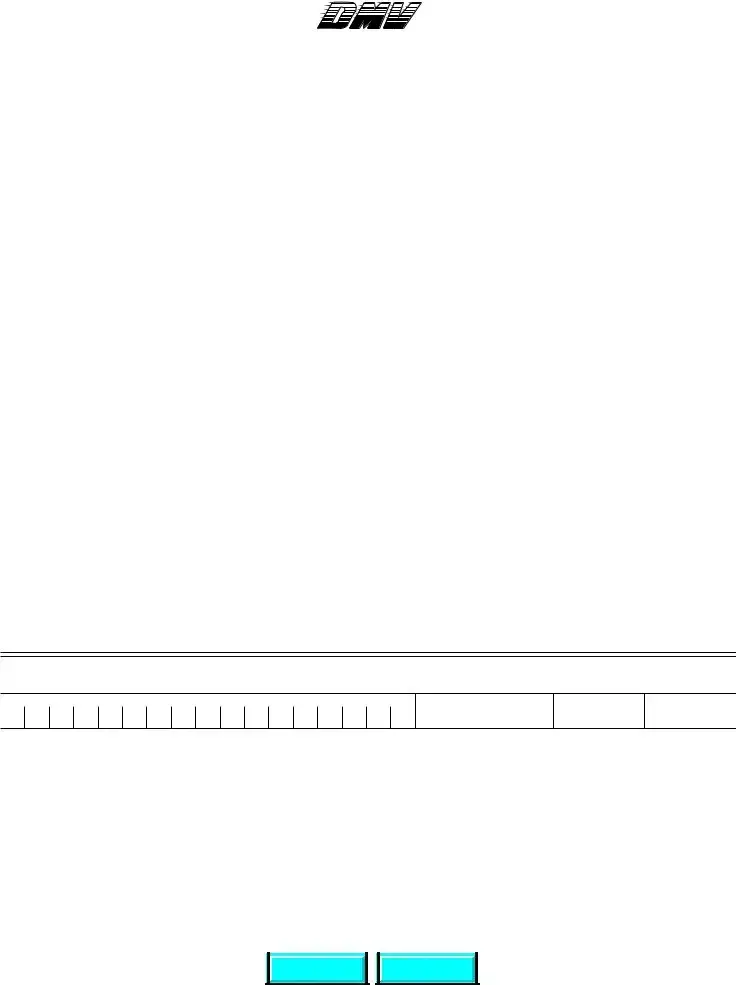What is the California Affidavit of Non-Use REG 5090 form?
The California Affidavit of Non-Use REG 5090 form is a document that vehicle owners can file to inform the Department of Motor Vehicles (DMV) that a vehicle will not be driven, parked, stored, or used on public roads. This is often done when the owner plans to not use the vehicle for an extended period and wants to suspend the insurance and registration to avoid unnecessary expenses.
When should I submit the REG 5090 form?
This form should be submitted before the vehicle's registration expires if you know the vehicle will not be used for the next registration year. Submitting the form in a timely manner helps avoid penalties and ensures your vehicle is recorded as non-operational with the DMV.
Can I submit the REG 5090 form online?
Yes, the California DMV provides an option for vehicle owners to submit the Affidavit of Non-Use REG 5090 form online through their website. This convenient option allows you to quickly notify the DMV of your vehicle's non-use status without needing to mail in the form or visit a DMV office.
What happens if I decide to use my vehicle after I've filed the REG 5090 form?
If you need to use your vehicle after filing the REG 5090 form, you must re-register your vehicle with the DMV. This process involves paying any registration fees and penalties that may have accrued, and you will also need to provide proof of insurance. It's important to take care of this before you start driving the vehicle to avoid legal issues.
Is there a fee to file the REG 5090 form?
No, there is no fee to file the Affidavit of Non-Use REG 5090 form. However, if you decide to reactivate the vehicle's registration later, you will need to pay the registration fees and any other applicable fees at that time.
How long does the non-use status last after filing the REG 5090 form?
The non-use status lasts for the registration period that you specify when submitting the form. You will need to file a new REG 5090 form for each year you wish to keep the vehicle in non-operational status. Remember to plan accordingly to ensure continuous non-use status or to timely reactivate your vehicle's registration.
What if I sell my vehicle while it's declared non-operational?
If you sell your vehicle while it's declared non-operational, you must notify the DMV of the change in ownership. This can be done by submitting a Notice of Transfer and Release of Liability form. The new owner will then be responsible for re-registering the vehicle. It's important to provide the buyer with any documents filed with the DMV, including the REG 5090 form, to inform them of the vehicle's status.
